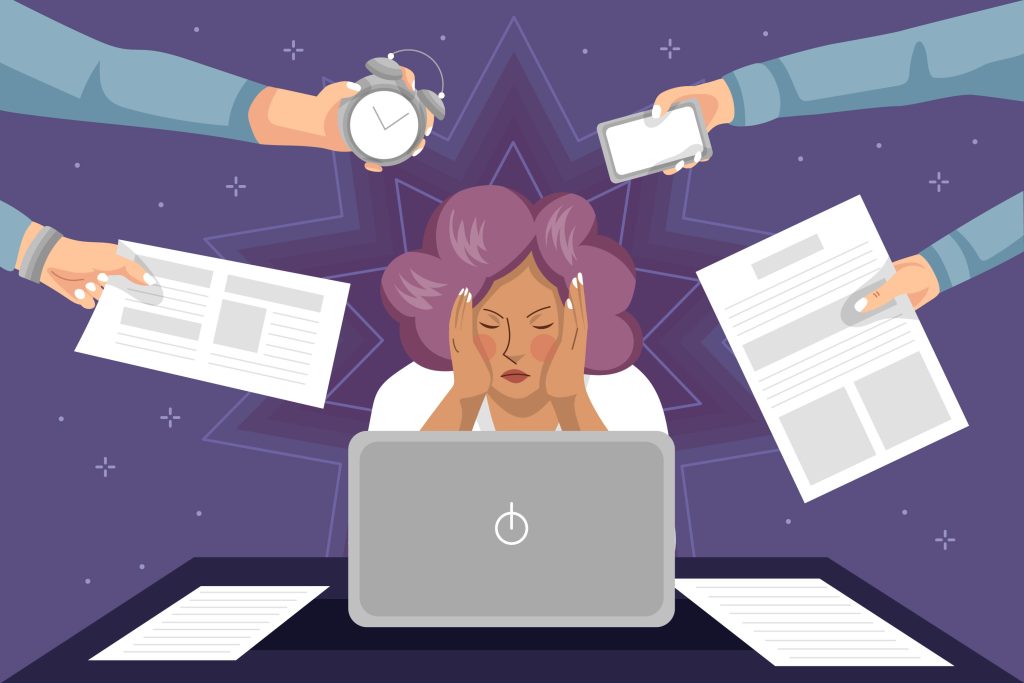In today’s tech‑obsessed world, we track steps, sleep, heart rate—even mood. But when does self‑tracking cross the line into stress and overwhelm? This guide helps you let go of over‑tracking, rebalance your routines, and reclaim mental clarity.

Why “let go of over‑tracking” is trending now
The health-tech boom has ushered with wearables and self-tracking tools at the heart of it. Yet as adoption grows, so does concern:
- A six-month experiment involving multiple biosensors led to anxiety and obsessive data interpretation.
- Major publications have warned that over-reliance on fitness data can fuel health anxiety, data privacy issues, and mishandled self-diagnosis.
Meanwhile, a counter‑trend is gaining velocity: the anti‑optimization movement. Leading voices are ditching wearables to embrace intuitive, stress-free living.
1. Signs you should let go of over‑tracking
- Emotion tied to metrics: Your mood dips if you miss a step count or sleep goal.
- Health anxiety spikes: You find yourself self-diagnosing or over-analyzing data.
- Neglect of bodily cues: You override real fatigue because your tracker says you “can push further.”
- Privacy concerns: You’re uneasy about where your personal health data ends up.
If any of these sound familiar, it’s a clear signal to stop over‑tracking your life.
2. Why over‑tracking can backfire
A. Data stress trumps insights
Excessive monitoring creates confusion and stress over normal biological variability.
B. Digital overload affects mental health
Obsessively checking stats like screen time or heart rate can raise cortisol and disrupt sleep cycles.
C. Replace professional advice with gadget insights
Solely relying on device data may delay proper diagnosis or treatment.
3. How to practically let go of over‑tracking
Step 1: Define your goals
What are you really tracking? Energy? Sleep? Performance?
Checklist:
- Define one primary objective.
- Pick 1–2 metrics that actually support that goal.
Step 2: Simplify your toolkit
Stick to one device that aligns with your goal. A simplified setup eases stress.
Step 3: Set clear usage boundaries
Avoid compulsive checking. Try reviewing stats only once a day, or not at all on weekends.
Step 4: Introduce “data detox” breaks
Unplug for a day or two weekly. Let your body guide you.
Step 5: Tune into intuition
Re-learn how to listen to your body without screens. Intuition often tells you more than tech.
Step 6: Consult professionals
Trackers should supplement—not replace—advice from trained healthcare providers.
4. When is tracking still helpful?
Data isn’t bad when used wisely:
- Chronic condition management (e.g., diabetes, hypertension).
- Surgical recovery, under medical guidance.
- Long-term performance tracking, not minute-to-minute obsessing.
Used intentionally, tracking improves goal success by up to 42%.
5. The future of mindful self‑tracking
Balanced “hardcare” meets “softcare”
Tech is moving toward merging quantified data with mindfulness, creativity, and rest.
AI helpers that reduce burden
Next-gen wearables will interpret data for you, shifting from raw stats to context-based feedback.
Corporate shift toward digital wellness
Employers now promote screen-free breaks and mental health check-ins to counteract tech burnout.
Recap: your no‑nonsense takeaways
- Red flag: Emotional distress tied to your stats.
- Action: Focus on one tracker, one purpose.
- Test: Go untracked for 48 hours.
- Evolve: Combine tech data with personal awareness.
Final thought
The decision to track or not isn’t black and white. But knowing when to let go of over‑tracking can clear mental clutter, ease anxiety, and reconnect you with your own instincts.
References
- McKinsey (2025) Future of Wellness Trends 2025. Available at: https://www.mckinsey.com (Accessed: 26 June 2025).
- Vox (2025) How (not) to track your health. Available at: https://www.vox.com (Accessed: 26 June 2025).
- Economic Times (2025) Fitness trackers and digital burnout. Available at: https://www.voguebusiness.com (Accessed: 26 June 2025).






